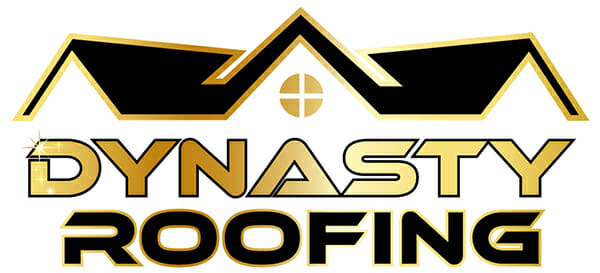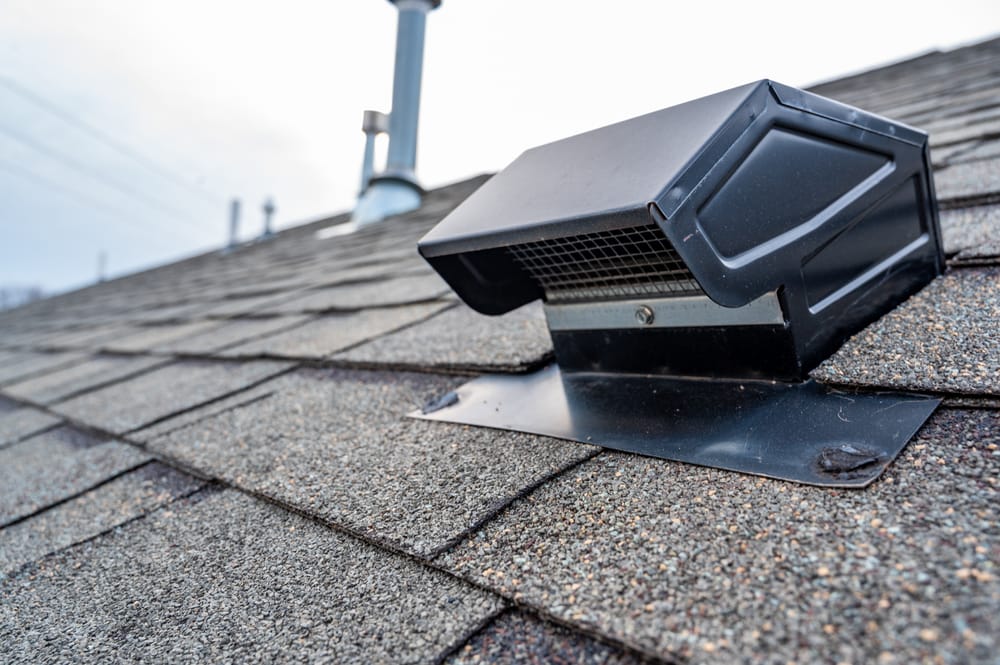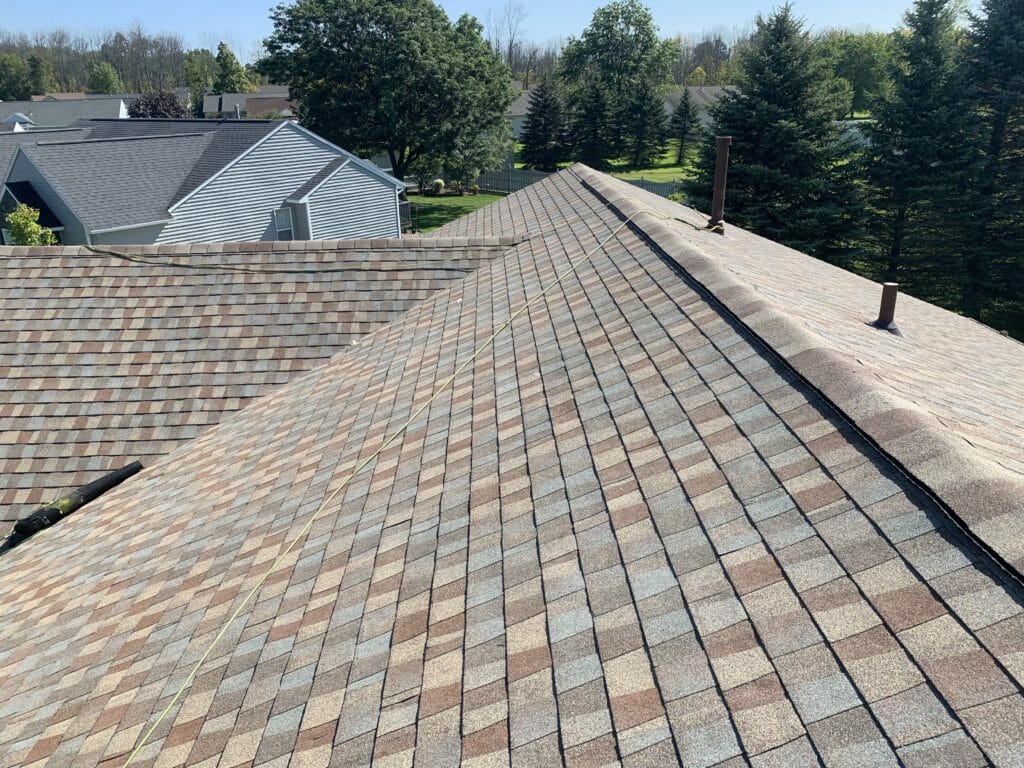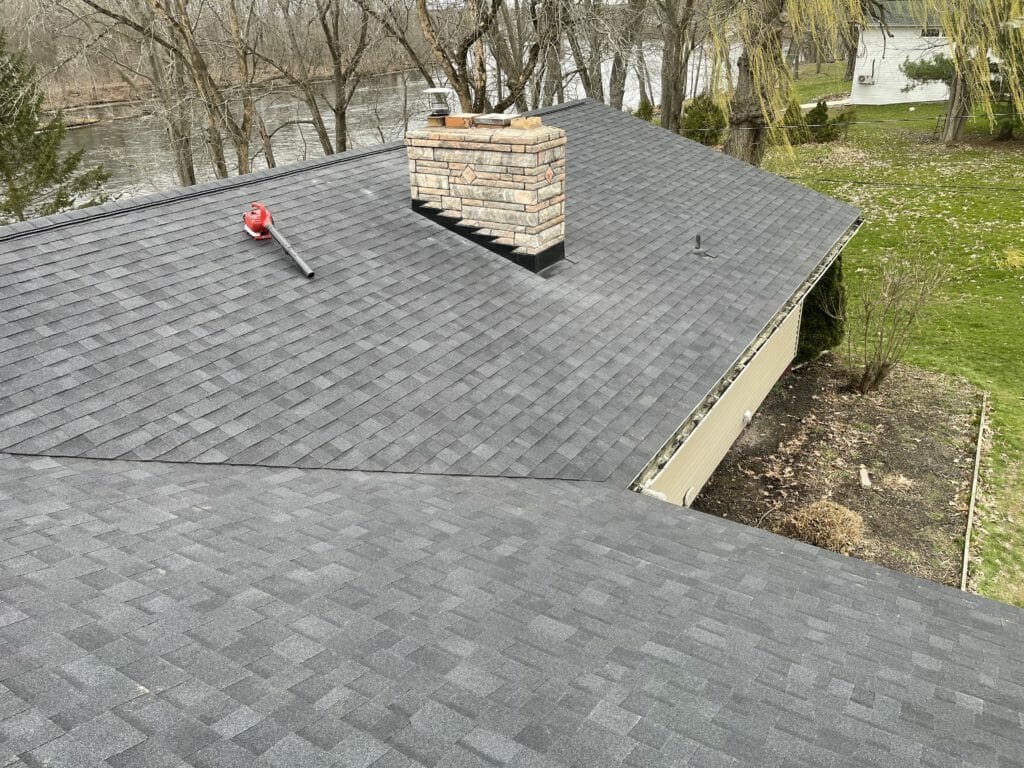Your roof is your home’s first line of defense, but poor roof ventilation can silently cause damage. These problems range from uncomfortable living spaces to hefty repair bills. Let’s explore the hidden dangers of poor roof ventilation and find ways to keep your home safe and comfortable.
Years in the roofing industry have shown how poor ventilation can lead to severe consequences. It’s easy to overlook ventilation when thinking about roof maintenance.
Understanding the Importance of Roof Ventilation
A properly ventilated roof allows continuous airflow through your attic space. This balances temperature and humidity, preventing numerous issues. These problems compromise the structural integrity of your home.
Think of it as your roof’s breathing system. Just as we need air, roofs need ventilation to remain healthy.
Common Problems Caused by Poor Roof Ventilation
Several issues stem from poor ventilation. These include shingle damage, attic issues, and high energy costs from overworked HVAC systems. These can also be affected by roofing materials and issues in the winter months and summer months.
Shingle Damage and Premature Aging
Excessive heat buildup, a direct result of poor ventilation, bakes asphalt shingles. This causes them to blister, crack, and curl, reducing their lifespan.
In turn, this heat infiltrates your home. This added heat strains your AC.
Attic Troubles
During winter, poor attic ventilation traps warm, moist air. This warm air leads to ice dams.
Ice dams can tear off gutters and loosen shingles. Ice dams cause water damage to ceilings, walls, insulation, and paint.
Moisture buildup creates a breeding ground for mold and mildew. This can lead to health issues and structural decay and spread via air flow. This can affect resident and family pet health very quickly.
Increased Energy Costs
Hot air builds up in your attic during summer. This forces your air conditioner to work harder, increasing energy bills.
In winter, inadequate ventilation lets heat escape. This further taxes your heating system and increases energy costs.
Trapped warm air can make upstairs living spaces unbearable. In hot summer months this can affect the comfort of the home for residents. Warm temperatures mean your air conditioner will run more, increasing costs.
Solutions for Poor Roof Ventilation Problems
Luckily, solutions exist to address poor roof ventilation. Intake vents and exhaust vents can fix airflow problems.
Different Types of Roof Vents
| Vent Type | Description | Pros | Cons |
|---|---|---|---|
| Roof Ventilation | Installed along the peak of your roof | Effective at releasing hot air, aesthetically pleasing. | May not be suitable for all roof designs. |
| Soffit Vents | Located under the eaves | Draws in cool air, works well with ridge vents. | Can be blocked by insulation. |
| Gable Vents | Installed in the gables | Suitable alternative if ridge vents aren’t feasible. | Less effective than ridge vents. |
| Turbine Vents | Wind-powered vents | Effective in windy areas, no electricity required. | Can be noisy, less effective in calm weather. |
Other Key Practices to Address Roof Ventilation Problems
- Regular roof inspections to identify insulation blockage and mildew. Clearing ventilation passages improves performance. Replacement may be necessary if there’s decay.
- Ensuring proper roof insulation prevents heat and cold air loss. This also lowers HVAC reliance and can prevent costly problems.
Frequently Asked Questions
What is the best way to find roof ventilation problems in my house?
Look for signs like ice dams forming in the winter months, or discoloration/mold in the attic. An inspection by a roofing professional is best if you are unsure of any problems with the current roofing ventilation. Roofing ventilation can save on costs in the long run by preventing damage from ice damming and trapped warm air in the attic, especially for homes with metal roofing.
How much does a roof replacement cost if there is water damage to the roof from ventilation issues?
Costs depend on the materials, location, and labor costs for a roof repair or replacement. Water damage adds costs for replacement of roofing materials such as fiber cement, plus addressing water damage within the attic itself and any surrounding areas if it spread, increasing expenses further for repairs. If roof sagging occurred then that adds a higher level of complexity and price. Contact a roofing contractor for a roofing ventilation inspection and get a free quote for your needs to repair any storm damage.
How can proper attic ventilation improve the health of those living in a home?
Proper attic ventilation helps to regulate the temperature and humidity levels in the home. This can lead to a reduction in airborne allergens and pollutants, which can help people living in a home avoid problems that would cause them difficulty with breathing. The improved air quality provided by fresh air can be especially beneficial to those who have respiratory issues like allergies or asthma. Additionally, proper ventilation and attic insulation help prevent mold and mildew growth, and the associated health risks of prolonged exposure.
Conclusion
Poor roof ventilation causes extensive issues. These range from shingle damage and moisture buildup to uncomfortable indoor temperatures and high energy bills. These problems complicate home living and may necessitate unexpected repairs and spending.
Understanding these issues empowers homeowners. It provides insight into prioritizing solutions for existing problems and preventative measures for the future. Avoid these problems and protect your home investment. Ensure continued comfort and avoid disagreements about unexpected expenses by prioritizing proper roof maintenance. Taking these precautions could be beneficial and avoid some costly problems with the roof, especially with certain materials. Doing the research about roofing materials could save you on costly repairs, too.
By recognizing the signs, employing effective remedies, and seeking professional help when needed, you can enjoy a comfortable, healthy living environment. A well-maintained roof protects those inside. Addressing these concerns and proactively caring for your home’s infrastructure extends its lifespan. Ensure your home remains safe from outdoor weather and maintain peace of mind indoors knowing everything is cared for through maintenance routines and prevention. Having proper attic ventilation will ensure there is a proper place for the air trapped in your home to escape and will allow fresh air into your home as well.





